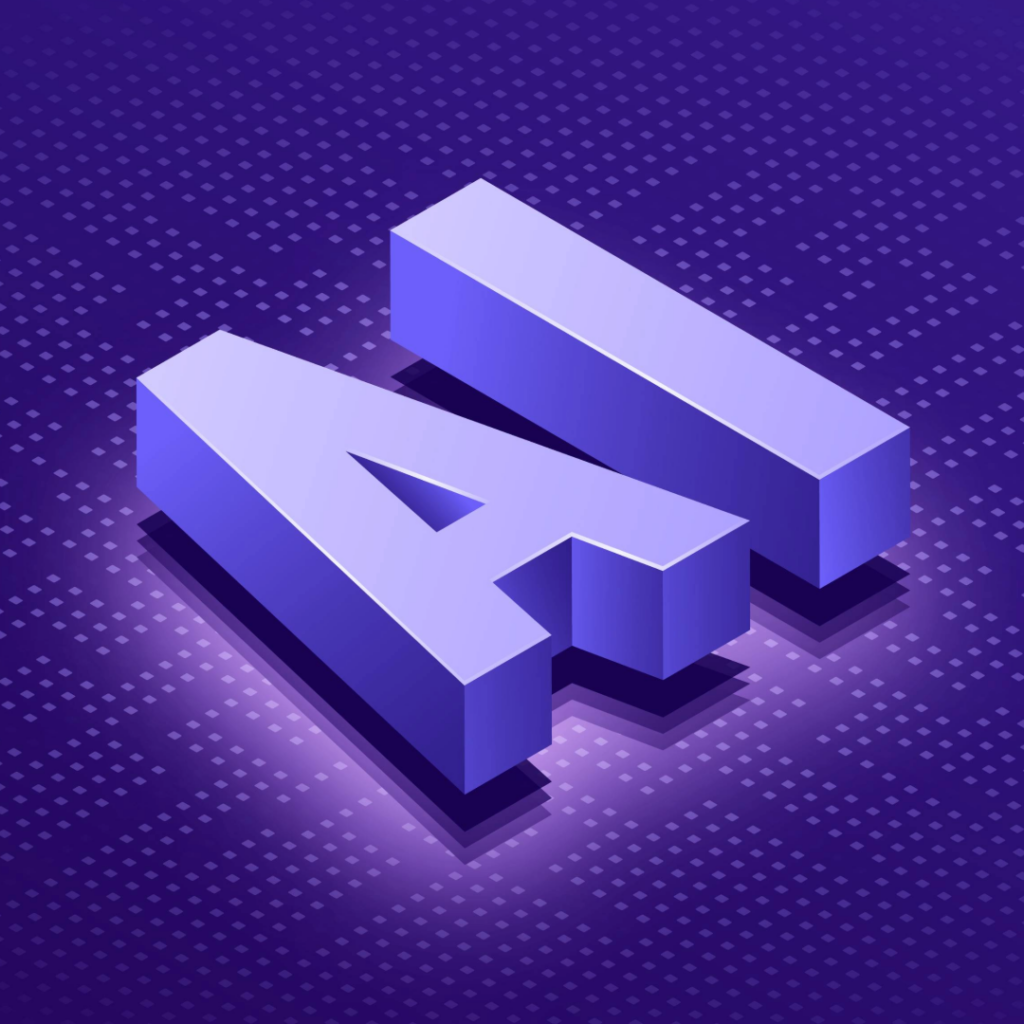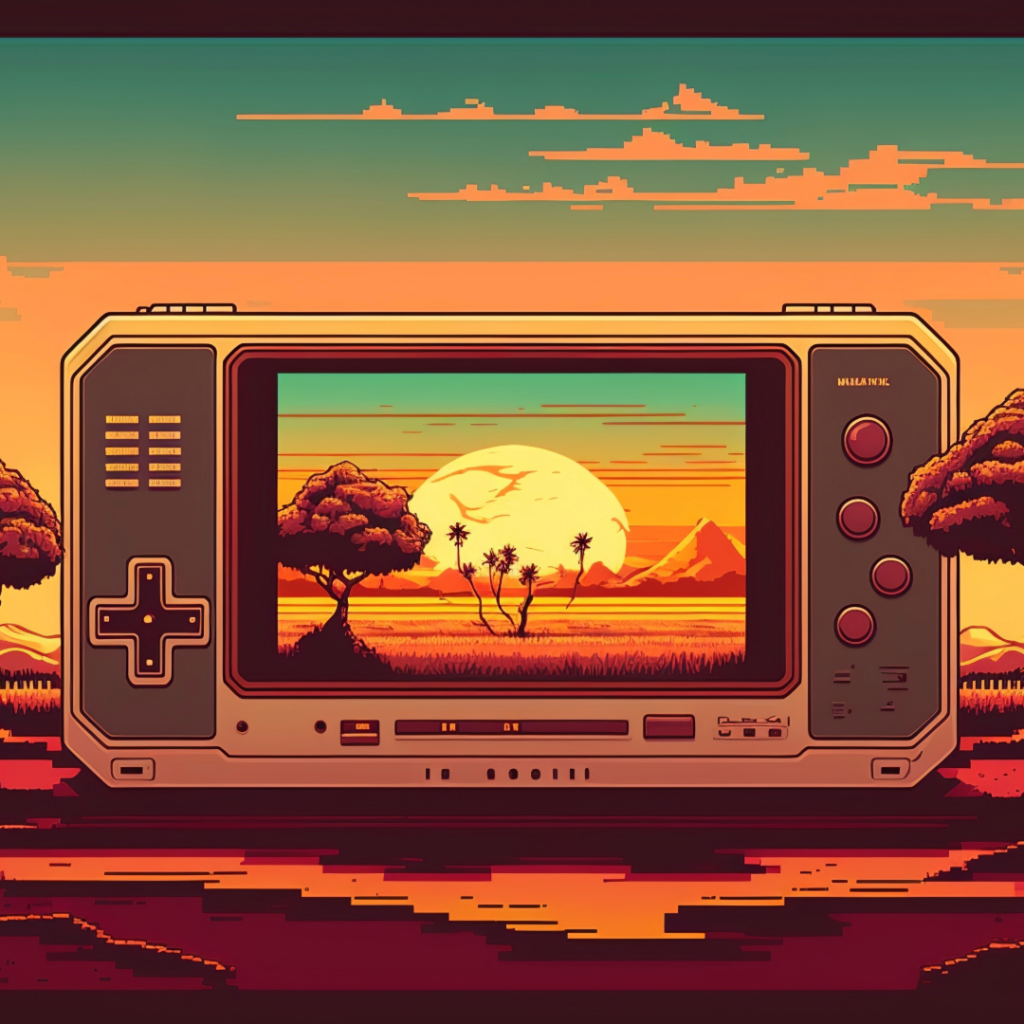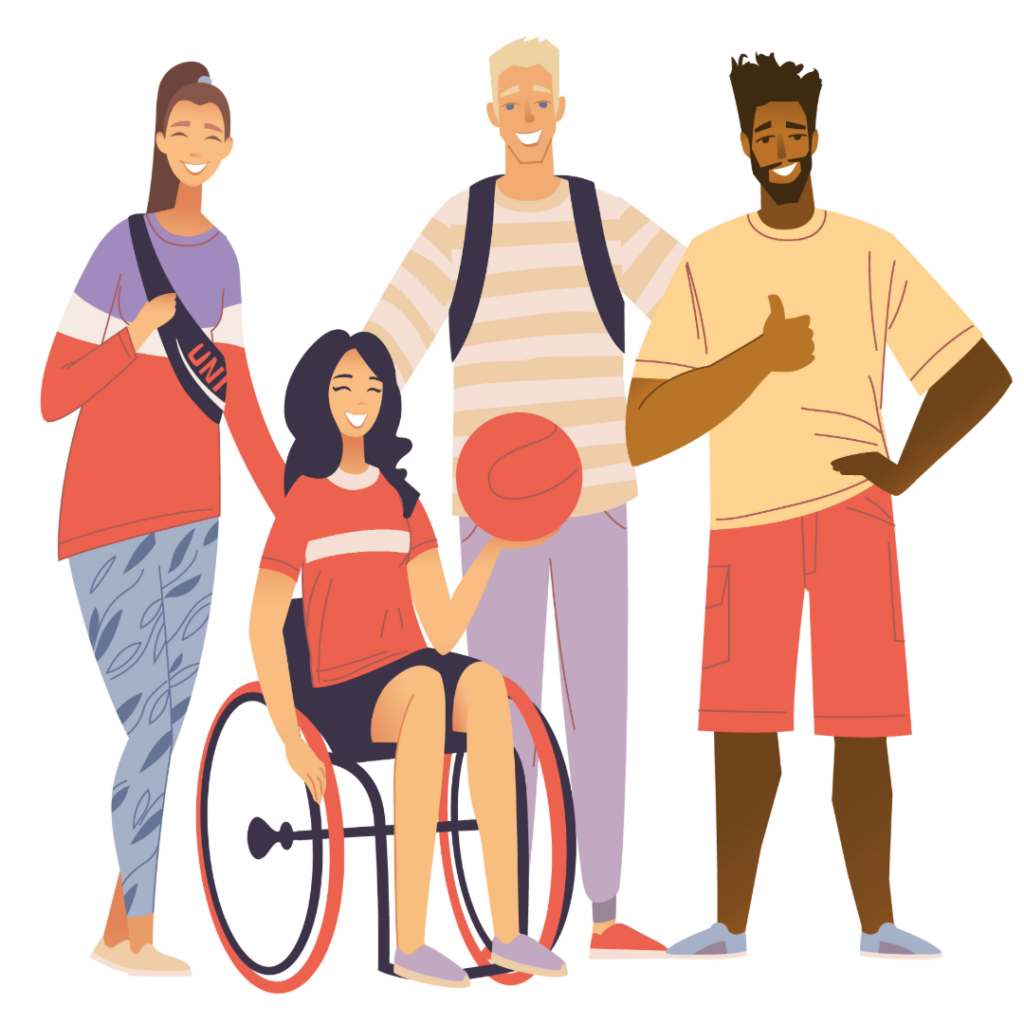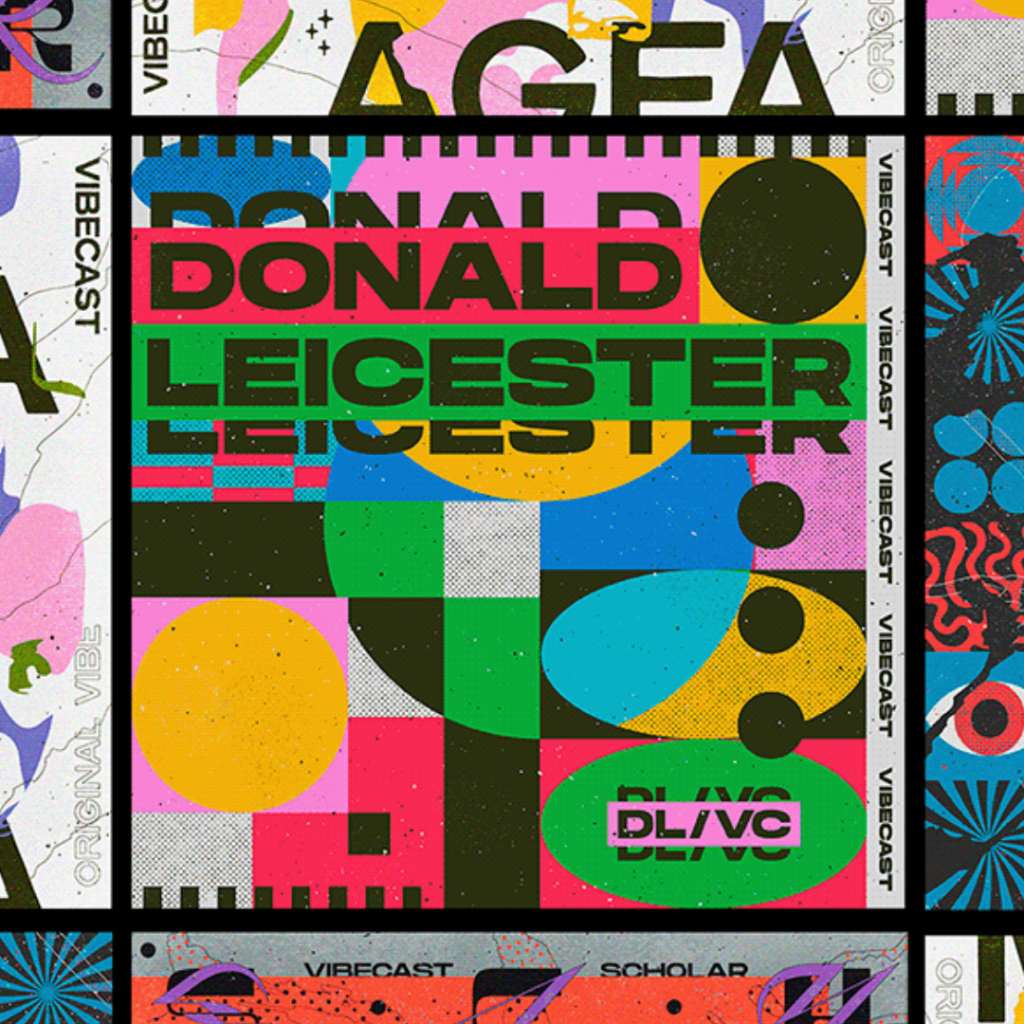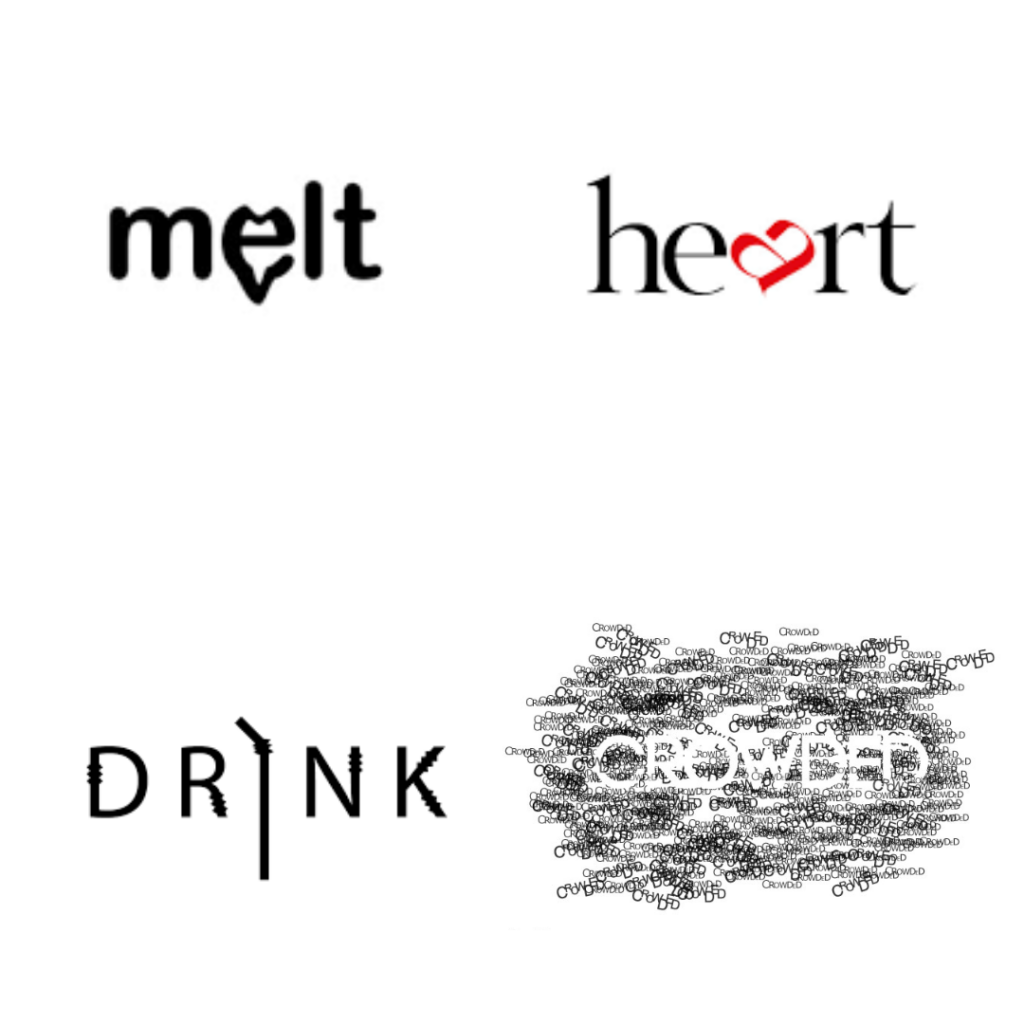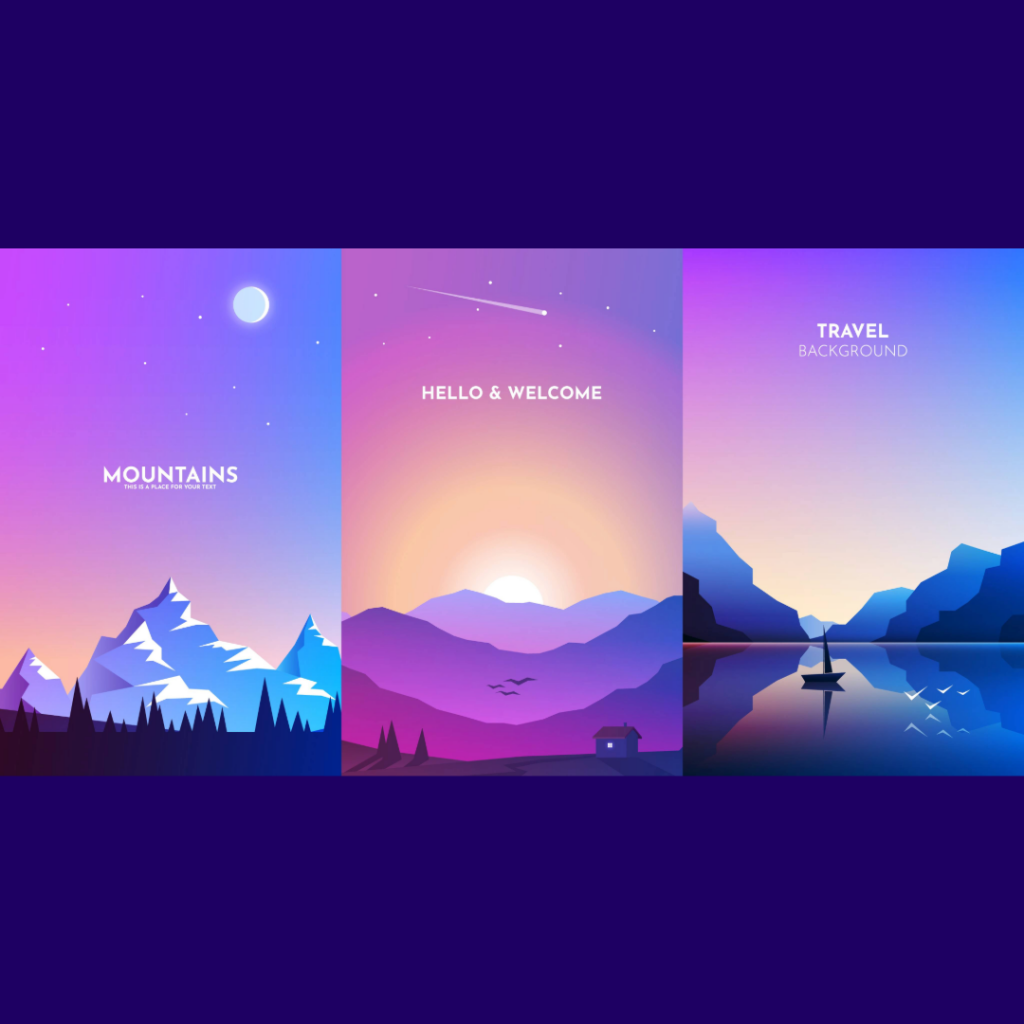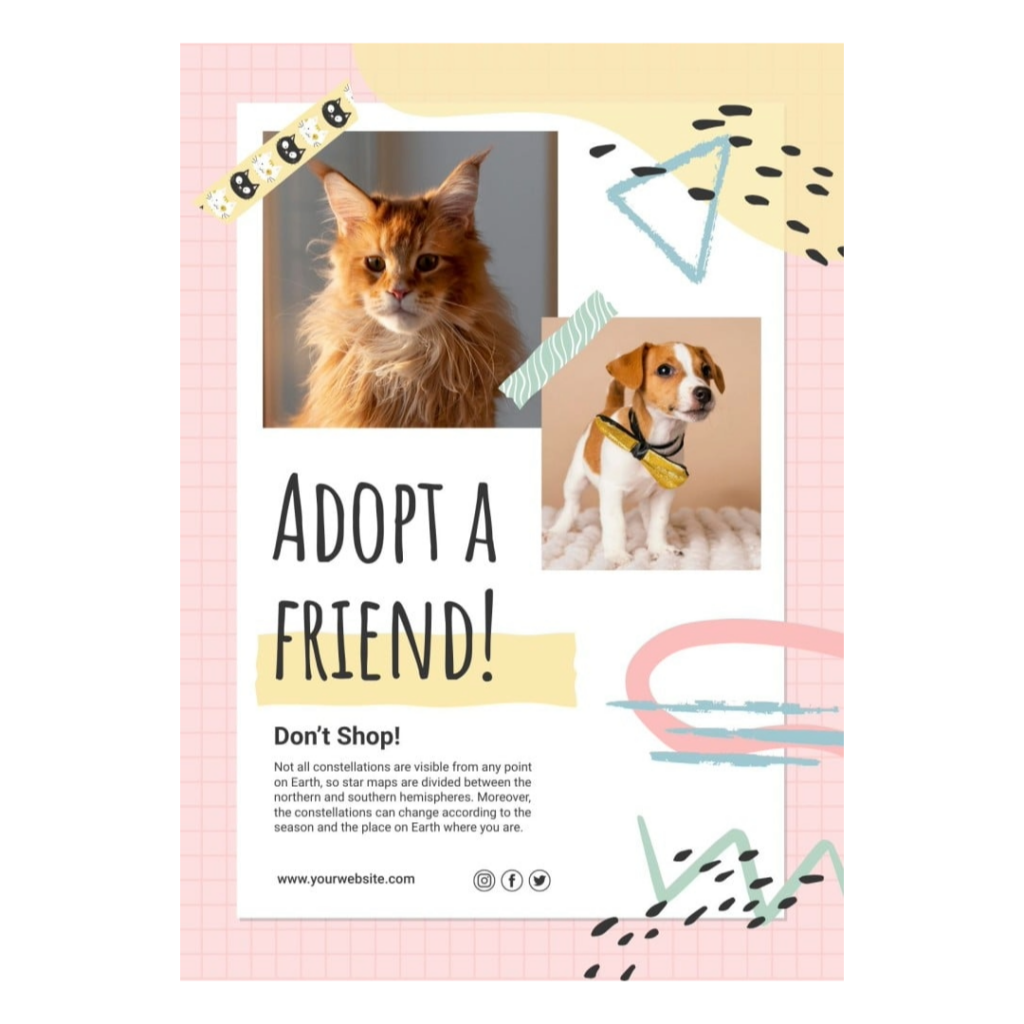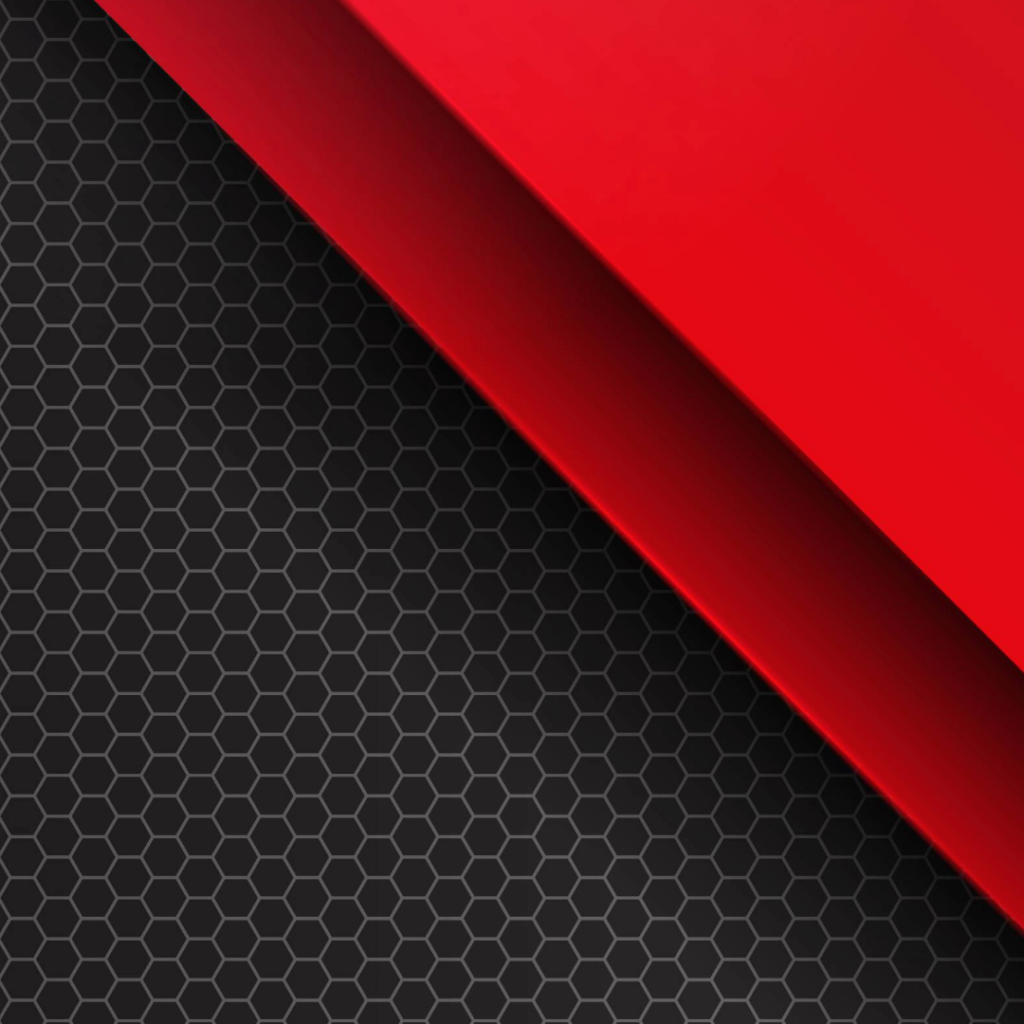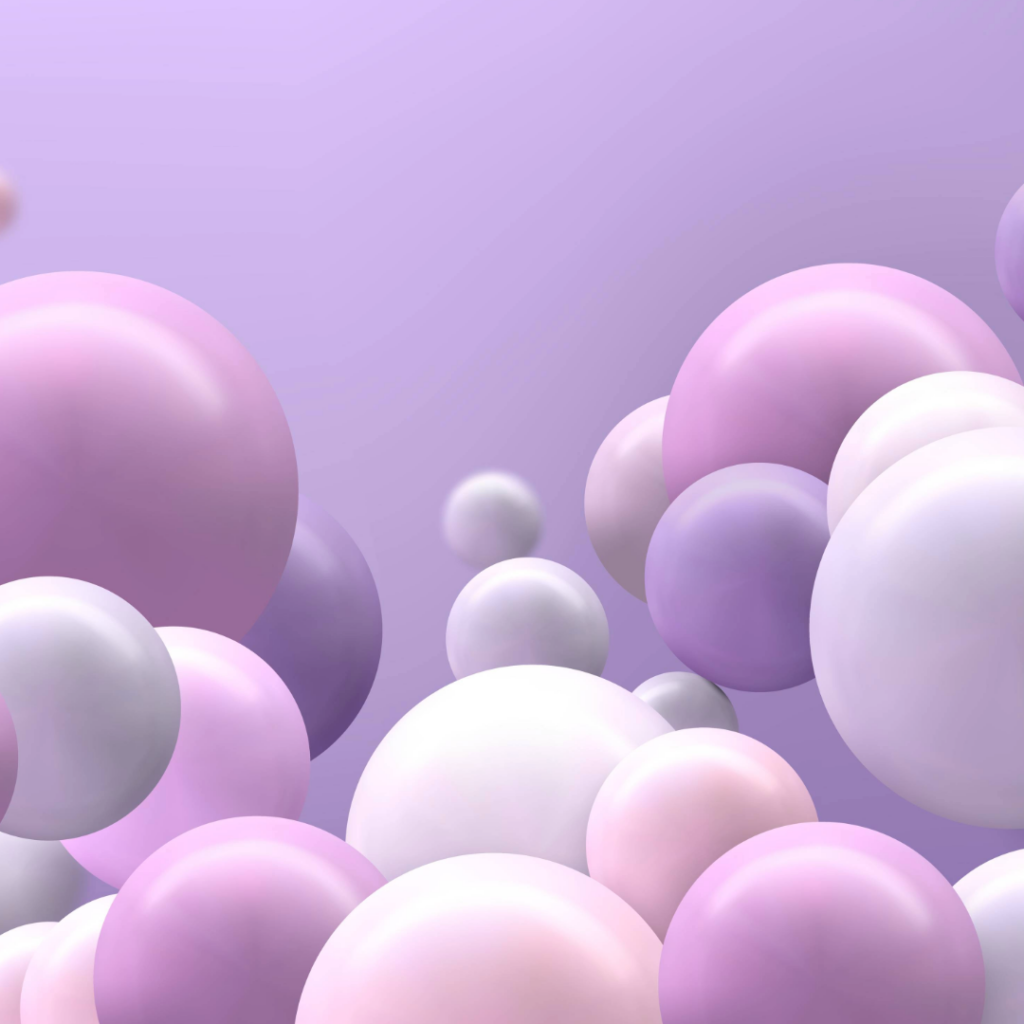With all of the advancements in technology in recent years, it’s never been easier to get into doing your own graphic design. The tools, techniques, and technology are all out there for the enterprising individual to find, if they choose to seek it out. Anyone who runs a website or operates a small business might want to at least consider designing their own graphics. That said, there are also some strong reasons why it might be better to simply hire a professional. Today we’ll examine some of the reasons both for and against doing your own graphic design.
Pros:
Cost
The most obvious advantage of doing your own graphic design is pretty immediately apparent; it’s free! Or at least, it can be free; the software that you’ll need to create your own graphics can be pricey at the top end, but freeware also exists to allow amateurs to try their hand without a significant investment. Regardless of what software you use, doing the work yourself will still be significantly less expensive than hiring a graphic designer.
Control
Working with a graphic designer is always a process with a good deal of ebb and flow. You have to tell the designer what you want them to make, but then, there’s no more input you can have in the process until they bring a product to you, one that may or may not resemble what you’d hoped it would become. When you’re doing your own graphic design, you have a much more intimate level of control; as you guide every step of the process, you have no one to blame, or to praise, than yourself.
Clarity
You want to have this graphic made in the first place in order to express an idea to your audience, but in order to get that idea made into something real, you first need to express that idea to your graphic designer. Believe it or not, that communication can be one of the most difficult parts of working with a graphic designer; sometimes the designer you’re working with just can’t seem to understand your vision, or perhaps you yourself are struggling with how to describe the idea that you’ve had. Whatever it may be, there are times when bringing your particular vision to life requires cutting out the middleman and making it yourself.
Fun
Creative outlets of all kinds can be enriching and invigorating processes for many people. Others find artistic creativity to be overwhelming or paralyzing. You can never know what kind of artistic pursuit you might find fun and relaxing until you try; some people paint, some journal, some dance, and some, yes, creative visual art. Because at the end of the day, that’s what graphic design is, a facet of the visual arts. So whether you’re an old hand or a first timer, try out making your own graphics. You might find that you actually enjoy it.
Cons:
Efficiency
As mentioned above, doing your own graphic design can be a huge cost-saver, as it’s hard to beat “free” for a price. However, that does come with a pretty significant asterisk. Depending on how quickly you’re able to pick up graphic design, how efficiently you’re able to use the tools that you’ve procured, and how much other work you have to do to maintain your business, it’s possible to lose money even without paying a graphic designer. Because we all have a limited amount of time in the day, it’s no good spending a week designing an awesome graphic all day if you have other responsibilities that get neglected in that time. And one of the best things you get when hiring a graphic designer is experience; they’ve done this sort of thing countless times before, so the tools that you spend minutes looking for they reflexively use without thinking about. A task that takes an amateur a full week might take an experienced graphic designer only a few hours, just because they know what they’re doing.
Professionalism
In that same vein, graphic designers bring that level of experience to the whole task ahead of them. Figuring out what software to use won’t even be a factor for them; they will already have a suite of tools that they’re accustomed to using. More importantly, they will know about a whole host of pitfalls that amateur designers might not know about. Designers already know if certain fonts are frowned upon or if particular layouts are confusing for the average reader, making sure that your final product comes across polished and professional.
Collaboration
Humans are a societal species, and even the smartest among us can’t think of everything all the time. When you hire a graphic designer, in a sense you’re hiring a partner. You will talk through exactly what you want to have designed, how you envision it, how you want it to make customers who see it feel. But your designer isn’t just an AI bot, taking in your requests and spitting out a result. A good designer will talk through the project with you, and will often point out things that you would never have thought of on your own. It’s a good idea to listen to what they have to say; even if you end up going with your initial plan, that collaborative expertise is a great way to strengthen your project. Two heads are better than one, as they say.
Quality
Graphic designers have spent a great deal of time honing their craft. They have a unique blending of experience, combining marketing with visual arts, often having gone to school for one or both of them, in addition to spending years in the industry constantly honing their craft. Put simply, many graphic designers are just plain good artists, and when you hire them, that artistic talent is brought to your project. Unless you happen to be a great artist yourself, it’s unlikely that your final product, full of passion it may be, will be quite as aesthetically appealing as what a professional can create.
So there it is. Is it better to hire a graphic designer or to do it yourself? That entirely depends on you. How much time do you have, how much artistic talent do you have, what is the idea that you want to bring to life? Perhaps you want to mostly make your own graphics, hiring a designer for certain special projects. Maybe the idea of having a graphic designer on retainer would be a good way to grow your business. Whatever the answer is, it will depend most on you, your skills, inclinations, and needs.



